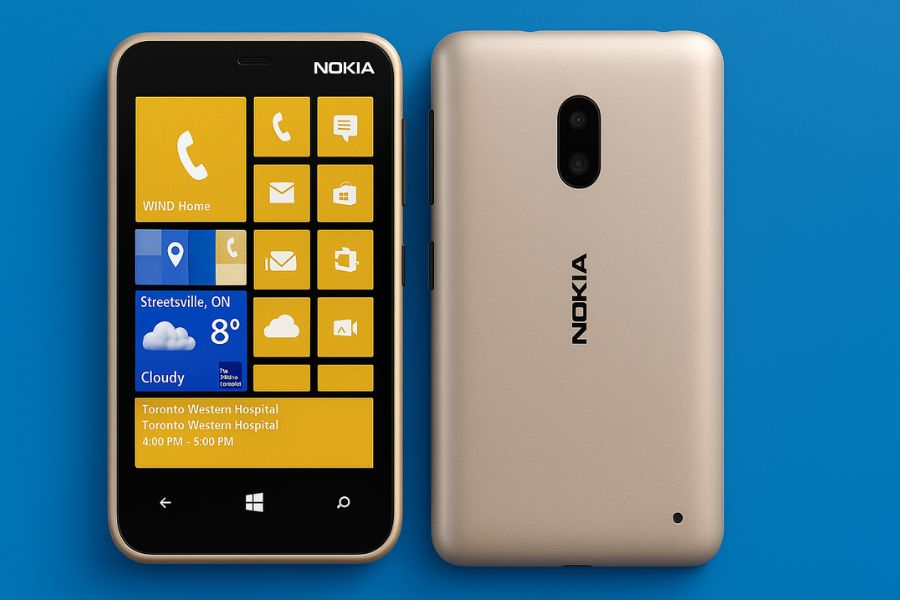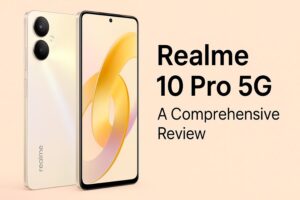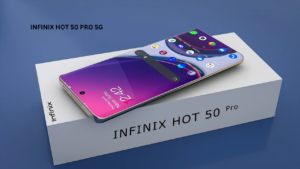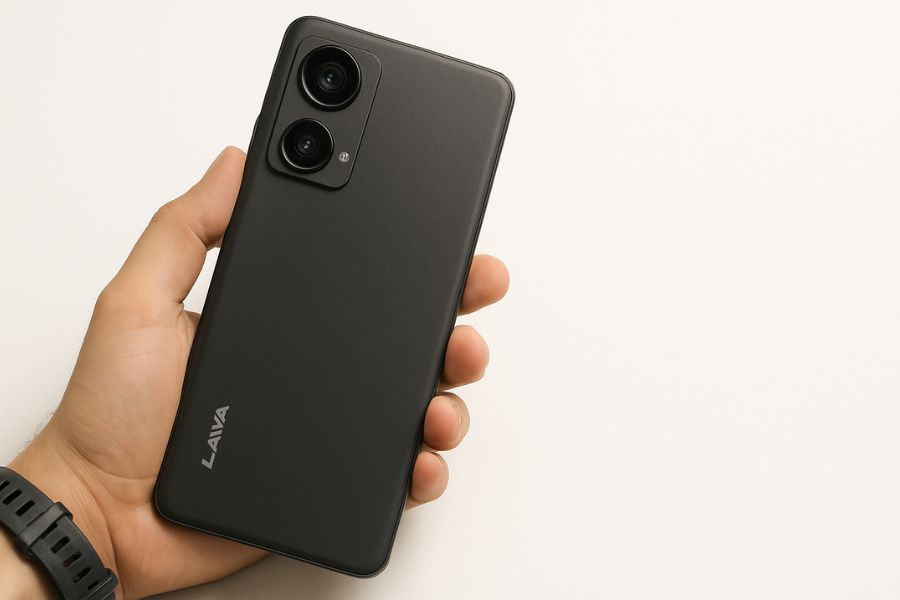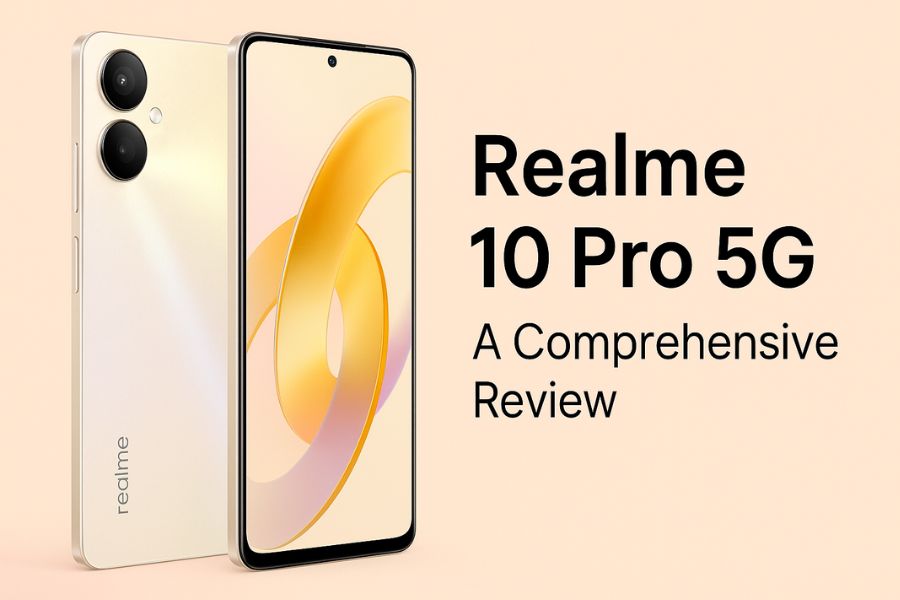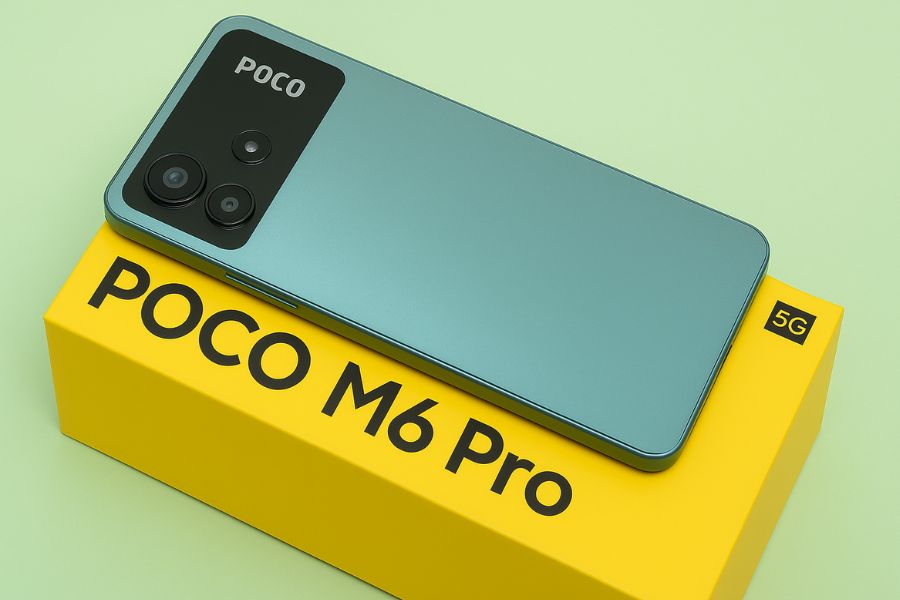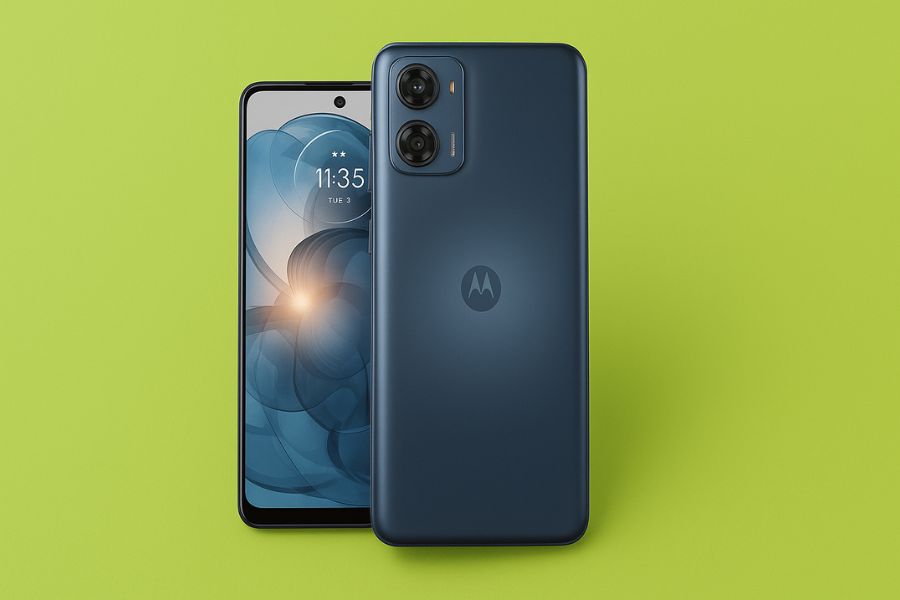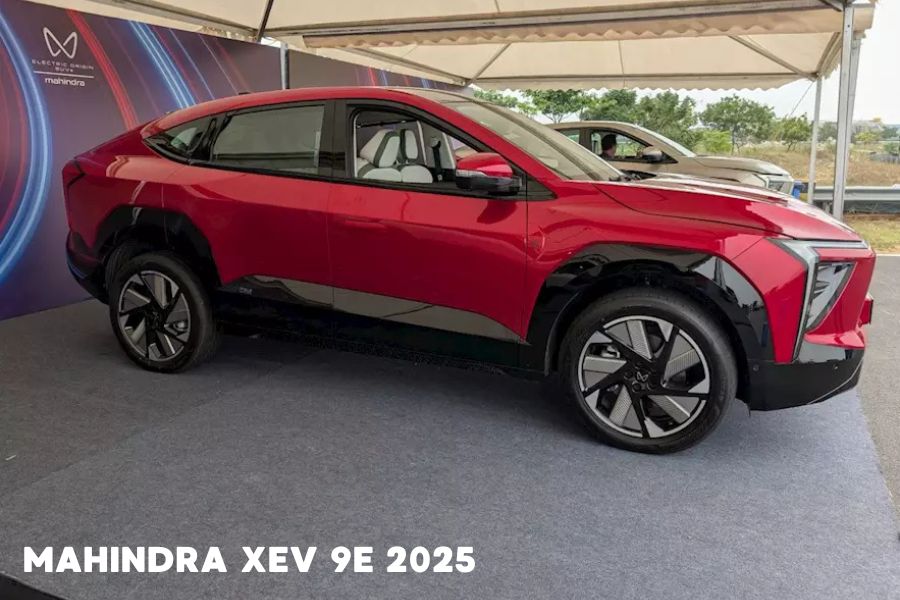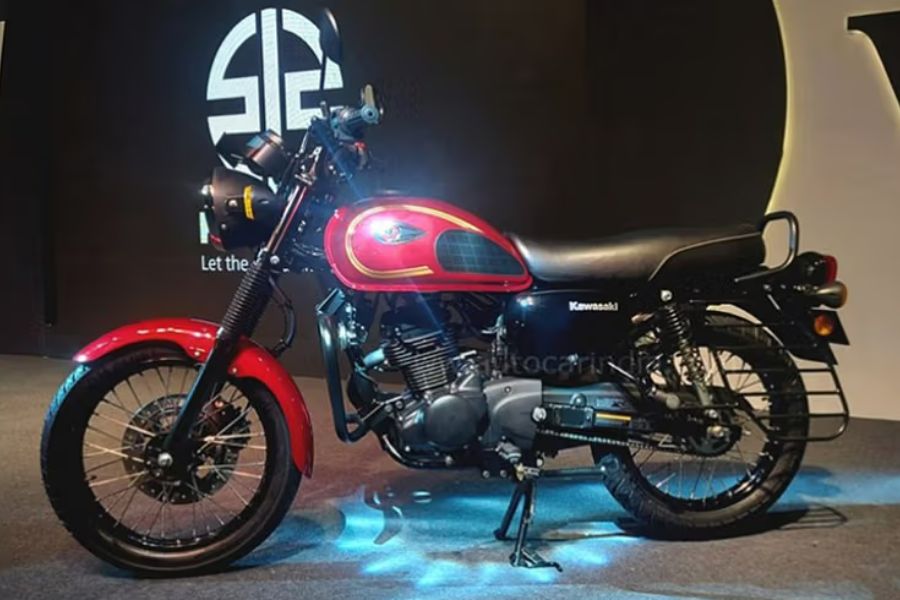Nokia Lumia 620 was launched at a time when the smartphone market was rapidly evolving with Android and iOS dominating the ecosystem. Amidst this, Nokia, with its partnership with Microsoft, introduced the Lumia series to bring a fresh wave of innovation through the Windows Phone operating system.
- Nokia Lumia 620 2025: Design and Build Quality Compact, Colorful, and Sturdy
- Nokia Lumia 620 2025: Display and Visual Experience Sharp and Bright for Its Time
- Nokia Lumia 620 2025: Performance and Hardware Specifications Smooth Experience on a Budget
- Nokia Lumia 620 2025: Software and User Interface The Beauty of Windows Phone 8
- Nokia Lumia 620 2025: Camera Capabilities A Competent 5MP Shooter with HD Video
- Nokia Lumia 620 2025: Battery Life and Connectivity Everyday Endurance and Modern Options
- Nokia Lumia 620 2025: Market Positioning and Price Value Premium Feel at an Affordable Price
- Nokia Lumia 620 2025: Legacy and Impact The Lumia That Left a Mark
- Conclusion: Nokia Lumia 620 – A Budget Legend That Shined Bright
The Nokia Lumia 620 stood out as an affordable yet feature-rich smartphone that aimed to attract budget-conscious users without compromising on performance or design. With its launch in December 2012, the Lumia 620 garnered attention for its vibrant color options, compact design, and smooth Windows Phone 8 experience.
Even though the smartphone world has seen massive changes since then, the Lumia 620 still holds nostalgic value for many and remains an iconic representation of attempt to make Windows Phone popular among the masses. The phone was praised for offering a unique experience compared to the Android-dominated market, focusing on a clean user interface, live tiles, and seamless integration with Microsoft services.
Nokia Lumia 620 2025: Design and Build Quality Compact, Colorful, and Sturdy
One of the most distinctive aspects of the Lumia 620 was its bold and youthful design. It featured a dual-shot polycarbonate shell that allowed for vibrant, interchangeable back covers in colors such as cyan, magenta, lime green, and more, which could be swapped to suit the user’s mood or style. This level of personalization was rare in its price segment, making the Lumia 620 particularly appealing to younger users and first-time smartphone buyers.
The phone had a solid feel in the hand, thanks to its sturdy build, even though it was made primarily of plastic. Measuring just 11mm in thickness and weighing about 127g, the device felt comfortable to hold and easy to operate with one hand.
The compact 3.8-inch screen size added to the usability for those not interested in the larger screens that were beginning to trend during that era. Nokia’s attention to design detail ensured that even a budget phone like the Lumia 620 had a premium touch and a fun personality, setting it apart from other budget models of the time.
Nokia Lumia 620 2025: Display and Visual Experience Sharp and Bright for Its Time
The NOKIA Lumia 620 sported a 3.8-inch TFT capacitive touchscreen with a resolution of 800×480 pixels (WVGA), delivering a pixel density of around 246 pixels per inch. While not high-definition by today’s standards, the display was vibrant and bright enough to ensure good visibility indoors and decent readability outdoors.
Nokia used ClearBlack display technology which enhanced contrast and reduced glare, making the screen appear more legible under direct sunlight, a feature that even some premium smartphones of the time lacked. The color reproduction was good, with accurate tones and pleasing viewing angles. The screen also supported multi-touch and was responsive to taps and gestures, making navigation through the Windows Phone interface a smooth experience.
Although small by modern expectations, the display was well-suited for everyday tasks like texting, browsing the web, watching videos, and gaming. The Lumia 620 proved that a budget phone didn’t have to compromise on screen quality, offering one of the best visual experiences in its class.
Nokia Lumia 620 2025: Performance and Hardware Specifications Smooth Experience on a Budget
Under the hood, the Nokia Lumia 620 was powered by a dual-core 1.0 GHz Qualcomm Snapdragon S4 processor paired with 512MB of RAM. While these specifications may seem modest now, they were capable enough to provide a smooth user experience within the Windows Phone 8 ecosystem, which was known for being lightweight and optimized for lower hardware.
The device also included an Adreno 305 GPU for graphics processing, which enabled users to enjoy casual gaming and multimedia without significant lags. It came with 8GB of internal storage, which could be expanded up to 64GB via a microSD card, a highly welcomed feature for users with growing media and app needs. The phone performed well for day-to-day tasks such as making calls, browsing the internet, using social media apps, and accessing emails.
Due to the efficient optimization between hardware and software, the Lumia 620 felt snappy and reliable, a testament to Nokia and Microsoft’s collaboration. It was particularly praised for its minimal lag and responsiveness compared to similarly priced Android devices of that time, many of which struggled with performance inconsistencies.
Nokia Lumia 620 2025: Software and User Interface The Beauty of Windows Phone 8
The Nokia Lumia 620 came pre-installed with Windows Phone 8, a unique operating system that offered a radically different user experience compared to Android and iOS. The hallmark of the interface was the use of “Live Tiles” on the home screen that dynamically updated information like emails, calendar events, weather, and social media notifications.
This gave the interface a sense of liveliness and user engagement not found in static icon-based UIs. The Nokia Lumia 620’s OS was clean, fluid, and highly intuitive, ideal for users new to smartphones. Integration with Microsoft services such as Office, OneDrive (then called SkyDrive), Outlook, and Xbox Music added tremendous value, especially for productivity-oriented users.
The phone also supported Nokia-exclusive apps like HERE Maps and Nokia Drive, which provided offline navigation and GPS services—a valuable addition for users in regions with limited internet access. Although the Windows Phone store lacked the sheer number of apps that the Google Play Store or Apple App Store had, it covered most essential apps, and Nokia was continually working with developers to fill the gaps. The Lumia 620 was a shining example of how software fluidity could elevate the user experience, even with limited hardware.
Nokia Lumia 620 2025: Camera Capabilities A Competent 5MP Shooter with HD Video
Nokia was always known for its focus on camera quality, and even in a budget offering like the Nokia Lumia 620, the company delivered a decent photography experience. The phone featured a 5-megapixel rear camera with autofocus and an LED flash. The camera supported 720p HD video recording at 30 frames per second, which was impressive for a phone in its segment.
It also offered features like touch focus, geo-tagging, and face detection. In good lighting conditions, the Nokia Lumia 620 captured sharp and vibrant photos with decent color accuracy. Low-light photography was naturally a challenge due to the small sensor size and lack of advanced night modes, but the LED flash helped in many situations.
The front-facing VGA camera, although basic, enabled video calling and selfies, which were becoming increasingly popular at the time. Nokia’s camera interface was simple to use and allowed for quick toggling between modes, making it convenient even for amateur photographers. While it could not compete with high-end camera phones, the Lumia 620 offered reliable imaging capabilities that exceeded expectations for its price category.
Nokia Lumia 620 2025: Battery Life and Connectivity Everyday Endurance and Modern Options
The Nokia Lumia 620 came with a removable 1300mAh Li-Ion battery which was relatively small, but thanks to the energy-efficient Windows Phone OS and moderate hardware, the device could easily last a full day on regular usage. With activities such as calling, texting, light browsing, and music playback, users could stretch the battery to over 12 hours, which was considered decent at the time.
For power users or gamers, a second battery could be easily swapped in due to its removable nature. On the connectivity front, the Lumia 620 featured 3G HSPA+, Wi-Fi 802.11 b/g/n, Bluetooth 3.0, NFC (a rare addition in budget phones), and GPS with A-GPS and GLONASS support.
The inclusion of NFC allowed for quick sharing of files and pairing with accessories like wireless speakers, and Nokia’s Smart Tags added another layer of functionality. The device also had a 3.5mm headphone jack, microUSB 2.0 port, and support for FM Radio, making it a well-rounded package for multimedia consumption. In regions with limited 4G coverage back then, the Lumia 620’s connectivity options were considered more than sufficient for an enjoyable online experience.
Nokia Lumia 620 2025: Market Positioning and Price Value Premium Feel at an Affordable Price
When launched, the Lumia 620 was priced around $249 (approx. INR 13,000 in India), making it an attractive option for budget buyers looking for a stylish and capable smartphone. It was specifically targeted at young adults, students, and first-time smartphone users who wanted to explore a full-featured device without breaking the bank. Compared to similarly priced Android smartphones that often felt sluggish and uninspired in design, the Nokia Lumia 620 offered a breath of fresh air with its premium-like build, fluid UI, and reliable camera.
Nokia’s reputation for quality hardware and service network further boosted consumer confidence. The phone struck a delicate balance between price and features, offering excellent value for money and serving as a gateway device to the Lumia ecosystem. Even tech reviewers at the time acknowledged its exceptional performance per dollar ratio, making it one of the top-recommended devices in its segment. For many users, the Lumia 620 marked their first experience with a smartphone, and it managed to leave a lasting impression through its thoughtful blend of design, performance, and usability.
Nokia Lumia 620 2025: Legacy and Impact The Lumia That Left a Mark
While the Windows Phone platform eventually lost out to Android and iOS in the battle for mobile dominance, the Lumia 620 remains one of the most fondly remembered devices from that era. It represented Nokia’s commitment to bringing innovation and premium experience to the budget segment, something that many other manufacturers overlooked.
The phone showcased how good software optimization, vibrant design, and attention to user experience could overcome hardware limitations. It played a key role in introducing Microsoft’s mobile services to emerging markets and helped Nokia retain relevance during a tumultuous phase in its history.
The Nokia Lumia 620 also contributed to the expansion of the Nokia Lumia brand and paved the way for future models like Lumia 625 and 630. Enthusiasts still regard it as a classic example of thoughtful smartphone engineering, and it holds a nostalgic place in the hearts of those who used it during its prime.
Conclusion: Nokia Lumia 620 – A Budget Legend That Shined Bright
In retrospect, the Nokia Lumia 620 was not just another affordable smartphone—it was a thoughtfully crafted product that offered a premium experience at a budget price. It stood out with its cheerful design, robust build quality, smooth Windows Phone performance, reliable camera, and a refreshing user interface. While it didn’t boast cutting-edge specs, it delivered where it mattered most: usability, value, and a memorable user experience
In an era dominated by generic Android phones, the Lumia 620 dared to be different and succeeded in carving a niche for itself. Although it’s no longer in production and the Windows Phone OS is now defunct, the legacy of the Nokia Lumia 620 lives on as a symbol of Nokia’s innovation and user-focused approach. For many, it was the first step into the smartphone world, and it remains a device that combined simplicity, charm, and substance like few others have since
